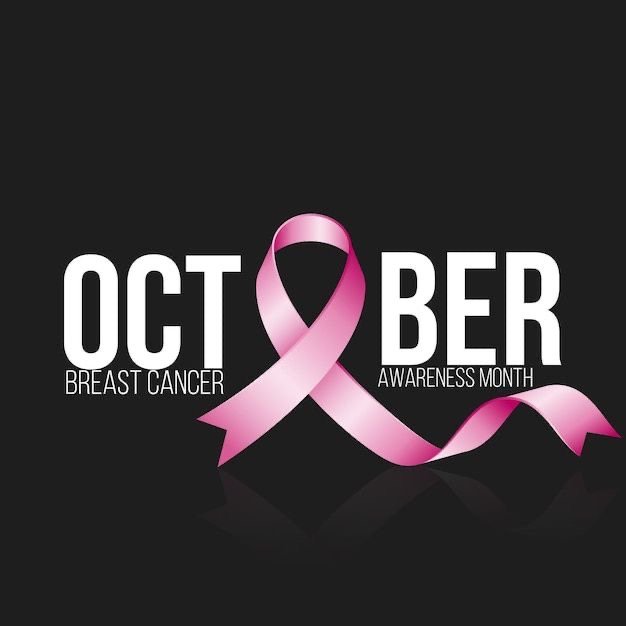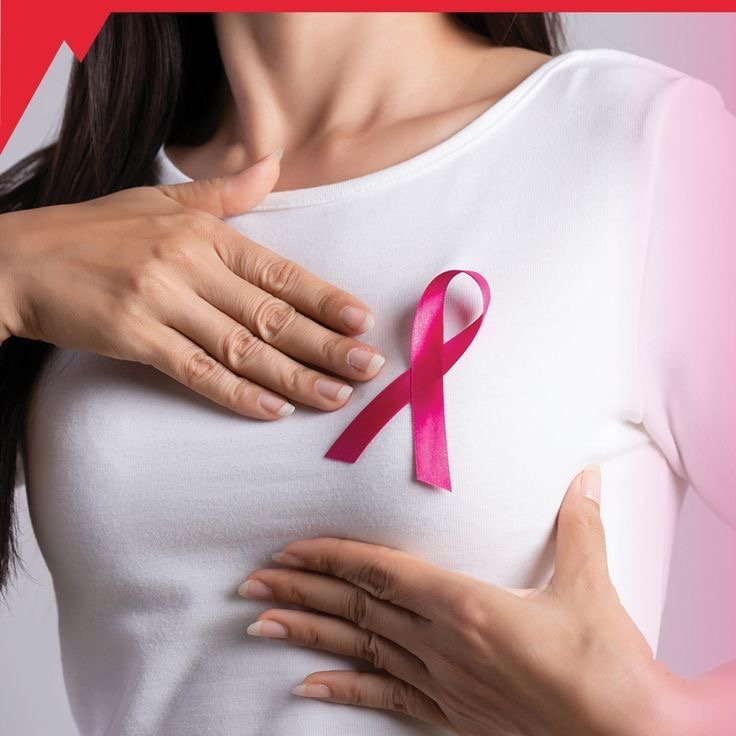October is Breast Cancer Awareness Month, a time dedicated to raising awareness about breast cancer and the importance of self-care in combating this disease. Breast cancer affects millions of people worldwide and can have a profound impact on families and communities. This month serves as a crucial reminder of how important early detection and regular health check-ups are in the fight against breast cancer.

Understanding Breast Cancer
Breast cancer occurs when cells in the breast begin to grow uncontrollably, forming a tumor. While the exact causes of breast cancer are still being researched, several risk factors have been identified. Being female is the most significant risk factor, as women are much more likely than men to develop breast cancer. Age also plays a crucial role; the risk increases as you get older, especially after the age of 55. Family history can contribute as well; having close relatives who have had breast cancer raises your risk. Genetic factors, such as mutations in the BRCA1 and BRCA2 genes, are also significant.
Recognizing Symptoms
It’s essential to be aware of the symptoms of breast cancer so that you can seek help early. Common signs include:
- A lump or mass in the breast or underarm area that feels different from the surrounding tissue.
- Changes in the size or shape of the breast.
- Dimpling or puckering of the breast skin.
- Discharge from the nipple, which may be clear or blood-stained.
- A change in the texture or color of the breast or nipple.
Not all lumps are cancerous, but any unusual changes should prompt a visit to your healthcare provider for further evaluation.
The Importance of Early Detection
Early detection is one of the most effective ways to combat breast cancer. Regular screenings, such as mammograms, are vital for identifying potential issues before they develop into something more serious. The American Cancer Society recommends that women start annual mammograms at age 40 or earlier if they have a family history of breast cancer. In addition to mammograms, self-exams can help you become familiar with the normal look and feel of your breasts, making it easier to notice any unusual changes.
Embracing a Healthy Lifestyle
Alongside regular screenings, adopting a healthy lifestyle is crucial in reducing the risk of breast cancer. This includes eating a balanced diet rich in fruits, vegetables, whole grains, and lean proteins. Regular physical activity is also essential, as it helps maintain a healthy weight and reduces stress. Activities like walking, swimming, or yoga can be beneficial, not just for physical health but also for mental well-being.
Mental Health and Support Systems
Mental health is equally important during this awareness month. The emotional burden of dealing with a cancer diagnosis, whether it’s your own or that of a loved one, can be overwhelming. Seeking support from friends, family, or mental health professionals can help you cope with the emotional challenges. Engaging in stress-relief practices, such as meditation, journaling, or simply spending time in nature, can also be incredibly beneficial.
Safety Precautions
Taking safety precautions can further help reduce the risk of breast cancer. Here are some important steps to consider:
- Regular Screenings: Keep up with your annual mammograms and clinical breast exams.
- Healthy Lifestyle Choices: Limit alcohol consumption, maintain a healthy weight, and engage in regular physical activity.
- Avoid Tobacco: Smoking is linked to various health issues, including an increased risk of many cancers.
- Know Your Family History: Understanding your family medical history can help you and your doctor assess your risk and develop a personalized prevention plan.
Community and Awareness
Breast Cancer Awareness Month also emphasizes the importance of community involvement. Sharing information, attending awareness events, and participating in fundraising activities foster a sense of unity and hope. By participating, you not only educate yourself but also help raise funds for research and support services that can make a difference in the lives of those affected.

Conclusion
In conclusion, Pink October is more than just a month of awareness; it’s a call to action. It encourages us to take charge of our health, stay informed about breast cancer, and support those affected by it. By prioritizing preventive care, embracing a healthy lifestyle, recognizing the symptoms, understanding the causes, and taking safety precautions, we can all contribute to the fight against breast cancer. Let’s use this month to reflect on the importance of self-care and the collective strength we can offer to those navigating this challenging journey. Together, we can create a future where breast cancer has less of an impact on our lives.
Congratulations @blaqfashionz! You have completed the following achievement on the Hive blockchain And have been rewarded with New badge(s)
Your next target is to reach 200 upvotes.
You can view your badges on your board and compare yourself to others in the Ranking
If you no longer want to receive notifications, reply to this comment with the word
STOP!LADY